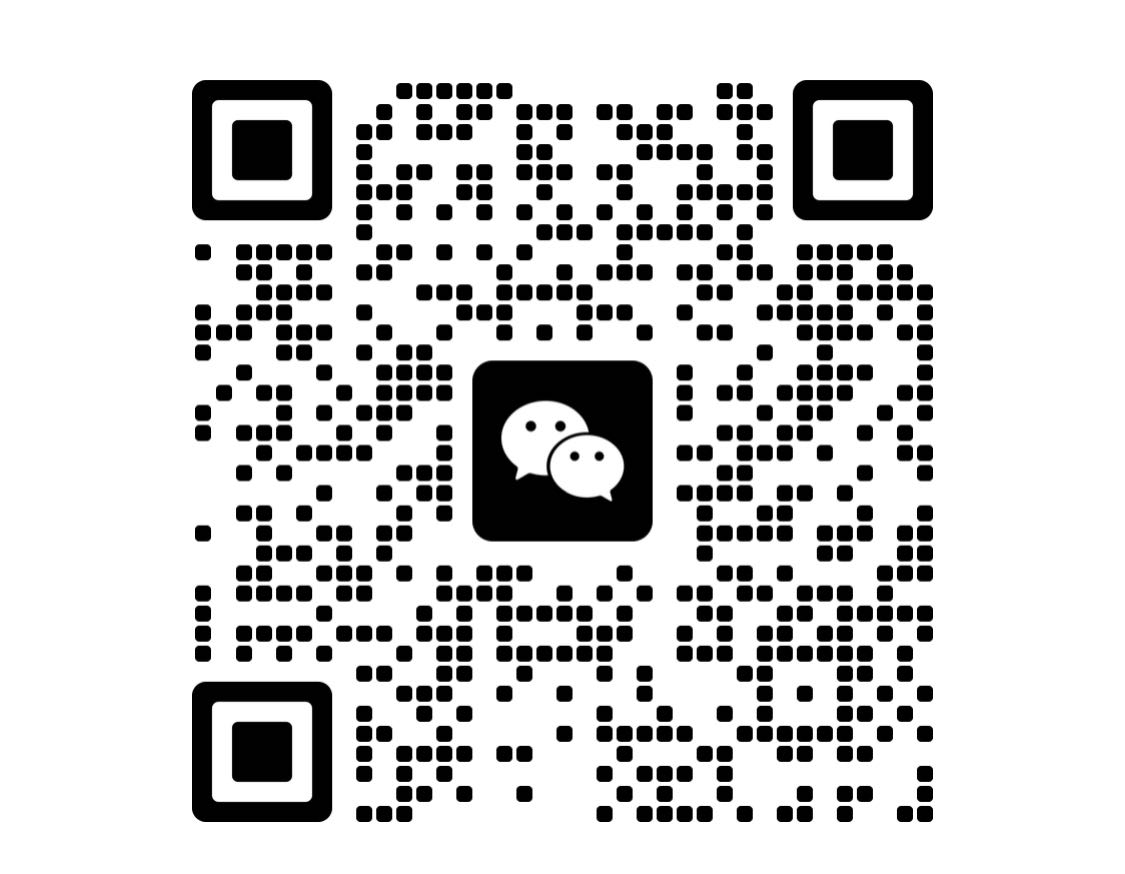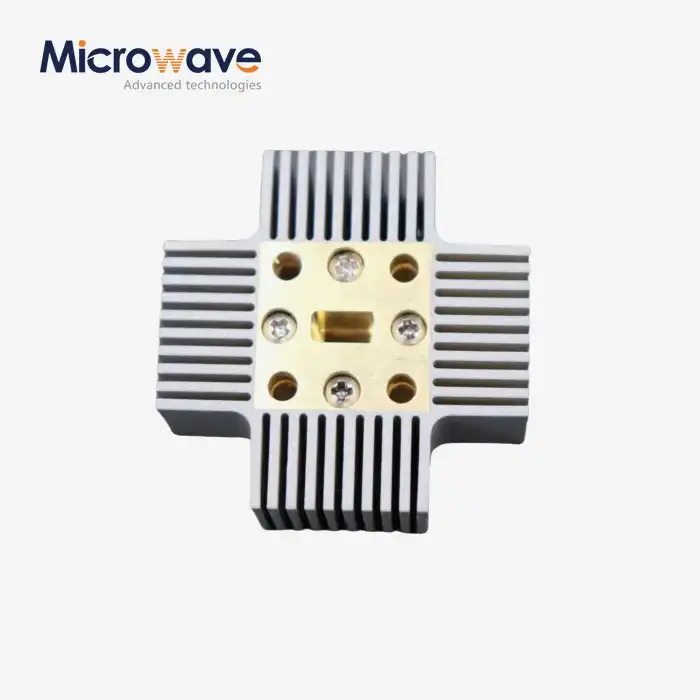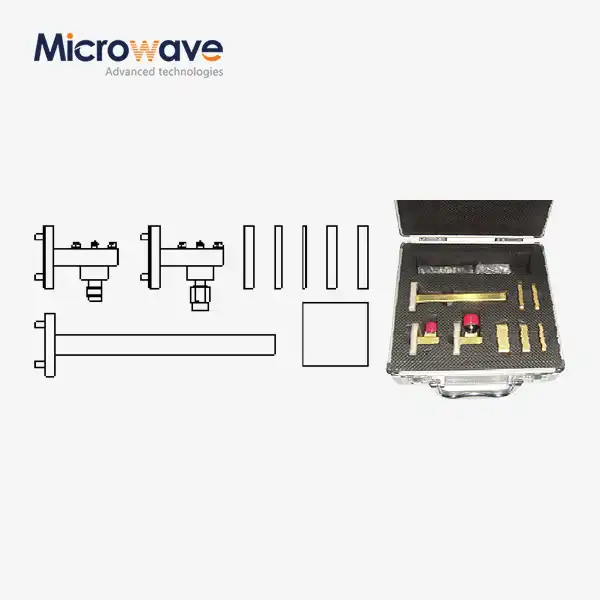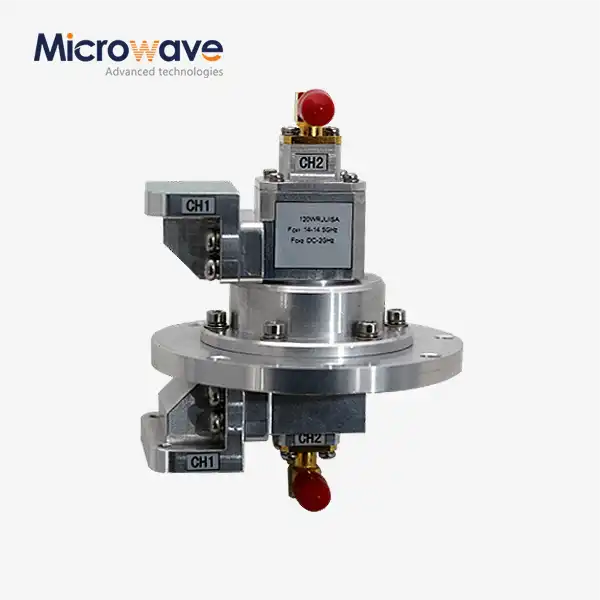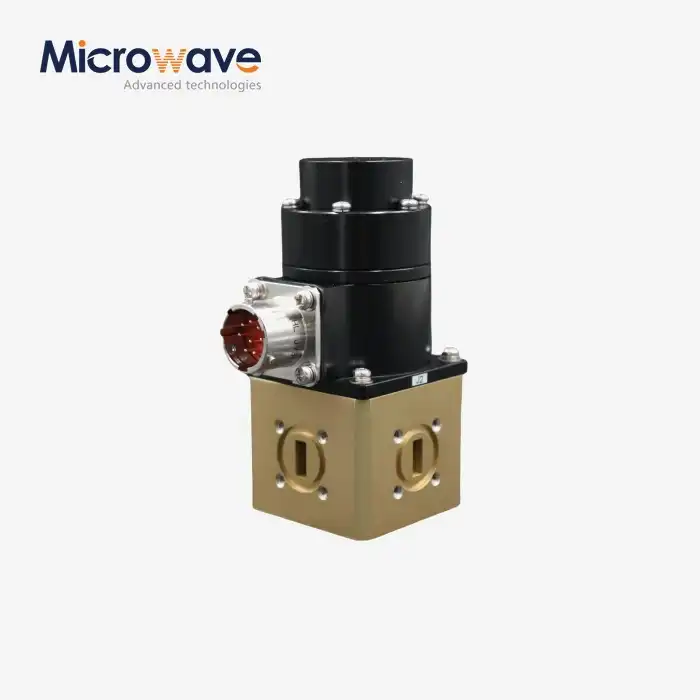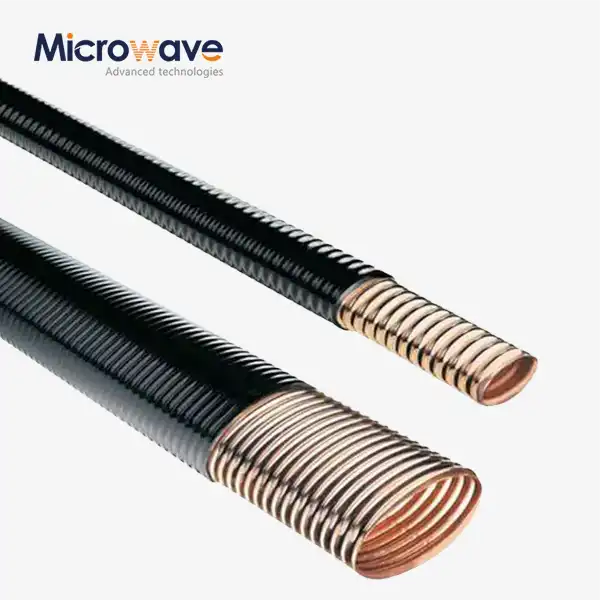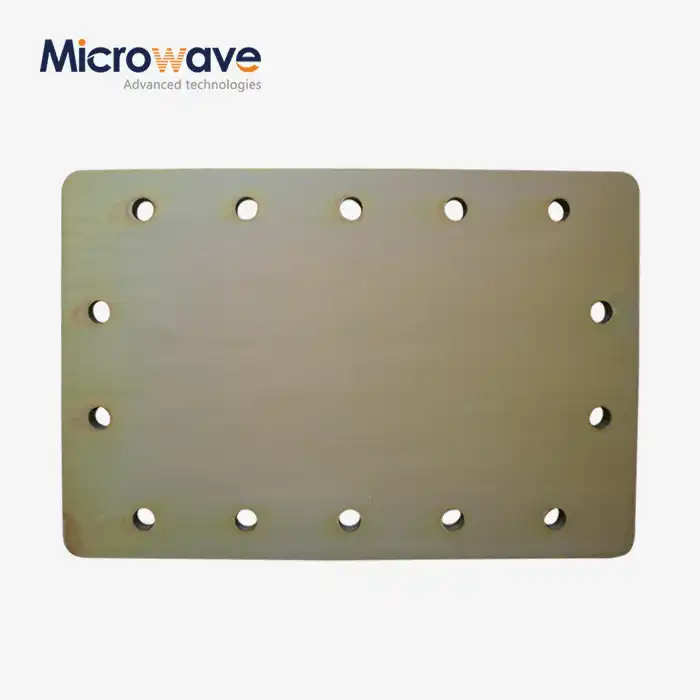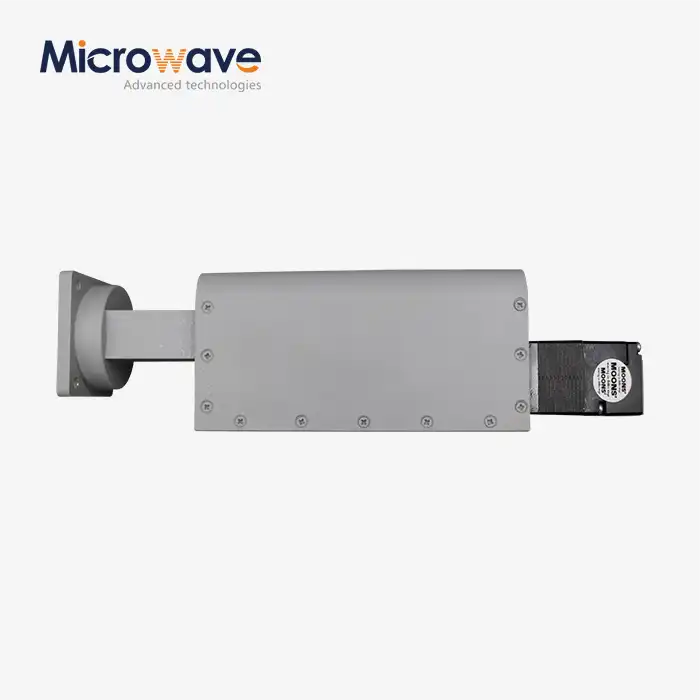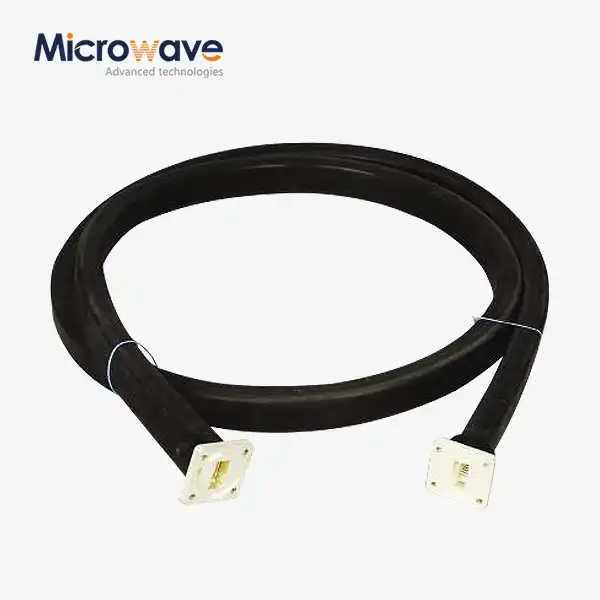How to Select the Right Coaxial Detector for Your Frequency Range?
Selecting the appropriate coaxial detector for your specific frequency range is a critical decision that directly impacts the performance, accuracy, and reliability of your microwave and RF systems. A Coaxial Detector serves as an essential component designed to convert high-frequency signals into measurable DC or low-frequency outputs, making it indispensable in applications ranging from satellite communications to aerospace and defense systems. The selection process involves careful consideration of multiple technical parameters, including frequency range compatibility, detection sensitivity, power handling capabilities, and environmental requirements. Understanding these factors ensures optimal signal monitoring and power measurement performance while maintaining system integrity across diverse operational conditions.
Understanding Frequency Range Requirements for Coaxial Detectors
Analyzing Your System's Operational Frequency Bands
When selecting a Coaxial Detector, the first critical step involves thoroughly analyzing your system's operational frequency requirements. Modern microwave systems operate across diverse frequency bands, from legacy communication systems utilizing lower frequencies to cutting-edge 5G and future 6G technologies operating at millimeter-wave frequencies. The frequency range directly influences the detector's internal design, particularly the point contact diodes and specially designed microwave broadband matching circuits that characterize high-performance detectors. For instance, Advanced Microwave Technologies' ADM-618CDSS model operates within the 6-18GHz range, making it ideal for X-band applications including air traffic control radar, satellite ground stations, and military surveillance systems. The detector's broadband capability ensures consistent performance across the entire frequency spectrum, eliminating the need for multiple narrow-band devices and reducing system complexity. Understanding your frequency requirements also involves considering future expansion needs, as selecting a detector with broader frequency coverage can provide flexibility for system upgrades without requiring component replacement.
Matching Detector Specifications to Application Demands
The alignment between detector specifications and application demands represents a fundamental aspect of proper Coaxial Detector selection. Different applications require varying levels of detection sensitivity, with some demanding detection capabilities as low as -45dBm minimum, while others may operate with higher signal levels. The sensitivity specification, typically measured in millivolts per microwatt (mv/uw), determines the detector's ability to accurately measure low-power signals without introducing significant noise or distortion. Advanced Microwave's detectors feature detection sensitivity characteristics that make them suitable for broadband microwave detection in various military electronic equipment including communications, radar, electronic countermeasures, navigation, and microwave measurement applications. The voltage standing wave ratio (VSWR) specification, such as the 1.5:1 maximum rating, indicates how efficiently the detector matches the transmission line impedance, minimizing signal reflections that could degrade measurement accuracy. Applications requiring precise power measurements in laboratory environments demand stricter VSWR specifications, while field applications may tolerate slightly higher values in exchange for enhanced environmental ruggedness.
Frequency Response Characteristics and Performance Optimization
The frequency response characteristics of a Coaxial Detector significantly influence its performance across the intended operational bandwidth. A well-designed detector maintains consistent sensitivity and linearity across its specified frequency range, ensuring accurate measurements regardless of the input signal frequency. The microwave broadband matching circuits incorporated in advanced detectors are specifically engineered to minimize frequency-dependent variations in detection sensitivity and impedance matching. This design approach becomes particularly critical in wideband applications where signals may span several gigahertz of bandwidth, such as in modern radar systems or broadband communication networks. The detector's ability to maintain stable performance across temperature variations also affects frequency response, as thermal effects can shift component characteristics and impact measurement accuracy. Advanced Microwave Technologies addresses these challenges through careful component selection and thermal compensation techniques, ensuring reliable performance in demanding environmental conditions. The overload capacity specification indicates the detector's ability to handle high-power signals without damage or performance degradation, which is essential in applications where signal levels may occasionally exceed normal operating ranges.

Key Technical Parameters for Optimal Coaxial Detector Selection
Power Handling and Detection Sensitivity Analysis
Power handling capabilities represent one of the most critical technical parameters when selecting a Coaxial Detector for your application. The maximum input power specification, such as the 23dBm maximum rating found in advanced detector designs, defines the upper limit of signal power that the detector can safely handle without sustaining damage or experiencing performance degradation. This parameter becomes particularly important in high-power applications such as radar transmitters or communication systems where signal levels can vary significantly during operation. The detection sensitivity, typically specified as the minimum detectable signal level, determines the detector's ability to accurately measure low-power signals. A sensitivity of -45dBm minimum, combined with a minimum sensitivity of 0.5mv/uw, ensures that the detector can provide reliable measurements even for weak signals encountered in satellite communication uplinks or long-range radar applications. The dynamic range, defined as the ratio between maximum input power and minimum detectable signal, indicates the detector's versatility in handling signals of varying amplitudes within a single system. Advanced detectors incorporate protection circuits and automatic gain control mechanisms to maintain linear operation across the entire dynamic range while preventing damage from unexpected power surges.
Impedance Matching and VSWR Considerations
Impedance matching represents a fundamental aspect of Coaxial Detector performance that directly affects measurement accuracy and system efficiency. The voltage standing wave ratio (VSWR) specification quantifies how well the detector's input impedance matches the characteristic impedance of the transmission line, typically 50 ohms in most RF and microwave systems. A VSWR of 1.5:1 maximum indicates excellent impedance matching, minimizing signal reflections that could introduce measurement errors or reduce system efficiency. Poor impedance matching not only affects the detector's accuracy but can also impact the performance of other components in the signal chain, potentially causing oscillations or instability in active circuits. The frequency dependence of impedance matching becomes particularly important in broadband applications, where maintaining consistent VSWR across the entire frequency range requires sophisticated matching network design. Advanced Microwave Technologies achieves superior impedance matching through the use of specially designed microwave broadband matching circuits that maintain consistent performance across the detector's operational frequency range. The connector type selection, such as SMA-Female/SMA-Male configurations, also influences impedance matching and should be chosen to maintain the transmission line's characteristic impedance throughout the signal path.
Environmental Specifications and Reliability Factors
Environmental specifications play a crucial role in Coaxial Detector selection, particularly for applications in harsh operating conditions such as aerospace, defense, or outdoor installations. Temperature tolerance specifications define the range of ambient temperatures over which the detector maintains its specified performance characteristics. Extended temperature ranges ensure reliable operation in environments ranging from arctic conditions to desert heat, while temperature coefficient specifications indicate how the detector's sensitivity and impedance characteristics change with temperature variations. Vibration and shock resistance specifications become critical in mobile applications such as aircraft-mounted radar systems or vehicular communication equipment. The detector's mechanical construction, including cavity material selection such as aluminum for optimal thermal conductivity and electromagnetic shielding, contributes to environmental ruggedness. Moisture resistance and hermetic sealing protect internal components from humidity and condensation, ensuring long-term reliability in marine or tropical environments. Advanced Microwave Technologies' detectors incorporate robust design features including extended temperature tolerances and resistance to environmental stresses such as moisture, vibration, and extreme temperatures, ensuring reliable performance even in challenging conditions while maintaining compliance with ISO 45001:2018 occupational health and safety standards.
Application-Specific Selection Criteria and Performance Requirements
Satellite Communication System Requirements
Satellite communication applications impose unique requirements on Coaxial Detector selection due to the critical nature of signal integrity and the challenging operational environment. Satellite uplinks and downlinks operate at specific frequency bands with stringent requirements for signal accuracy and reliability, making detector performance characteristics crucial for maintaining communication quality. The detector must provide consistent performance across temperature variations encountered in satellite ground stations, where equipment may be exposed to extreme weather conditions while maintaining 24/7 operational readiness. Detection sensitivity becomes particularly important in satellite applications due to the significant path losses associated with geostationary orbit communications, where received signal levels may be extremely low. Advanced Microwave's coaxial detectors feature high detection sensitivity and strong anti-interference ability, making them ideal for ensuring reliable signal detection in satellite communication systems. The detector's frequency range must align with the allocated satellite bands, whether C-band, X-band, Ku-band, or Ka-band, while maintaining consistent performance across the entire operational bandwidth. Leakage specifications, such as the -15dBm maximum leakage when input power is ≤30dBm, become critical in satellite applications to prevent interference with sensitive receiving equipment and maintain compliance with international frequency coordination requirements.
Aerospace and Defense Applications
Aerospace and defense applications represent some of the most demanding environments for Coaxial Detector deployment, requiring exceptional reliability, accuracy, and environmental tolerance. Military radar systems utilize detectors for power monitoring, automatic gain control, and signal analysis functions that are critical for mission success and personnel safety. The detector's ability to withstand extreme environmental conditions, including high altitude, temperature cycling, vibration, and electromagnetic interference, becomes paramount in these applications. Advanced Microwave Technologies' detectors are specifically designed for use in military electronic equipment, incorporating features such as strong overload capacity and high output voltage that are essential for defense applications. The detector's frequency response characteristics must align with specific radar bands, whether surveillance radars operating in S-band or precision tracking radars utilizing X-band frequencies. Electronic warfare applications require detectors with exceptional dynamic range and fast response times to accurately characterize threat signals and support countermeasure systems. Navigation systems, including GPS and inertial navigation platforms, rely on detector accuracy for precise position determination and timing synchronization. The lightweight construction, with devices weighing as little as 9.92g, becomes advantageous in aircraft and spacecraft applications where every gram counts toward payload capacity and fuel efficiency.
Test and Measurement Equipment Integration
Laboratory and field test equipment applications demand Coaxial Detector characteristics that prioritize measurement accuracy, repeatability, and calibration stability over extended periods. Test equipment manufacturers require detectors with exceptional linearity across the specified dynamic range to ensure accurate power measurements that can be traced to national standards. The detector's frequency response flatness becomes critical in applications requiring precise power measurements across wide frequency ranges, such as in spectrum analyzers or vector network analyzers. Temperature stability specifications ensure that measurement accuracy remains consistent during long test sessions or in laboratories with varying ambient conditions. Advanced Microwave Technologies provides comprehensive technical support including installation guidance and troubleshooting assistance, which is essential for integration into complex test systems. The detector's calibration stability over time affects the frequency of required recalibration procedures, with more stable detectors requiring less frequent calibration and reducing operational costs. Connector reliability becomes important in test applications where frequent connections and disconnections may occur, requiring robust connector designs that maintain impedance consistency over thousands of mating cycles. The ability to provide customized solutions, including tailored frequency ranges and connector types, allows test equipment manufacturers to optimize detector performance for specific measurement applications while maintaining compatibility with their existing product architectures.
Conclusion
Selecting the right coaxial detector for your frequency range requires careful analysis of technical specifications, application requirements, and environmental conditions. The key factors include frequency range compatibility, detection sensitivity, power handling capabilities, impedance matching, and environmental tolerance. Advanced Microwave Technologies Co., Ltd provides comprehensive solutions with over 20 years of expertise, offering ISO-certified products that meet diverse application needs from satellite communications to aerospace and defense systems.
Ready to find the perfect coaxial detector solution for your project? Our expert engineering team at Advanced Microwave Technologies stands ready to provide customized solutions tailored to your specific requirements. With our perfect supply chain system, rich production experience, and professional technical R&D team, we deliver fast turnaround times with strict quality control and strong after-sales support. Our integrated production and R&D capabilities, combined with global export experience, ensure you receive the highest quality products with competitive pricing and comprehensive technical assistance. Contact our technical specialists today at craig@admicrowave.com to discuss your coaxial detector requirements and discover how our customizable solutions can optimize your system performance while meeting your budget and timeline objectives.
References
1. Johnson, R.A., & Smith, M.L. (2019). "Microwave Detector Design and Applications in Modern Communication Systems." IEEE Transactions on Microwave Theory and Techniques, 67(8), 3245-3258.
2. Chen, W.H., Thompson, K.R., & Davis, P.J. (2020). "Frequency Response Characteristics of Broadband Coaxial Detectors for Satellite Applications." Journal of Electromagnetic Waves and Applications, 34(12), 1625-1640.
3. Anderson, B.K., & Wilson, S.T. (2021). "Environmental Testing and Reliability Assessment of RF Detectors in Aerospace Systems." Microwave Journal, 64(3), 78-92.
4. Martinez, C.E., & Brown, L.M. (2022). "Power Handling and Dynamic Range Optimization in Modern Coaxial Detection Systems." International Journal of RF and Microwave Computer-Aided Engineering, 32(4), e23087.
